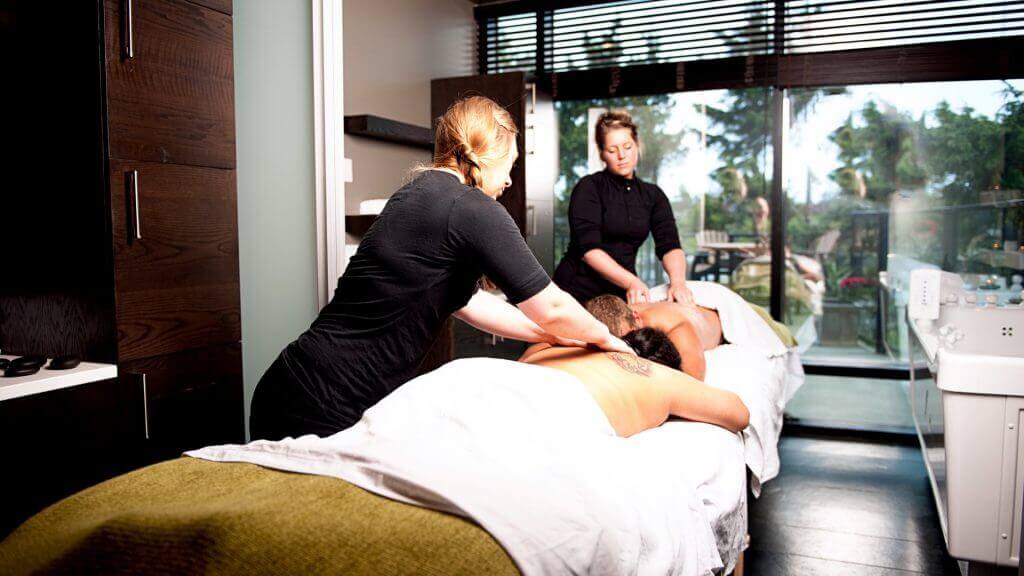
Relaxation and a sense of wellbeing are at the heart of the spa and wellness market. Hence, it’s no wonder that hotels, resorts, and spas have begun to reorganize their operations around wellness. The benefits, in the form of a stronger bottom line and appeal to demand segments, extend not only to guests but to hoteliers and hospitality companies, as well.
Traditional resort spas cater to relaxation through a variety of services including aesthetics, facials, and massage. Some also offer salon services for hair and nails. Wellness-focused resort spas cater to diet and nutrition, spiritual counseling, and naturopathic health- and prevention-oriented services that extend beyond the scope of a traditional spa.
This article looks at the scope of growth for traditional and wellness-focused spas worldwide, as well as the physical and operational keys to building stronger bottom-line performance.
Asset Attributes
Both traditional and wellness-focused spas are considered effective operating models that can add value to a guest’s hotel or resort destination experience. Moreover, they add value to the hospitality operation itself. These models have begun to merge, presenting a new subdivision of resort and hotel wellness-driven spa environments.
The nuances and specifications of these spas vary extensively, as each property has its own unique selling points, specialties, and demographic advantages. One thing hotel and resort wellness spas have in common is that they are at the epicenter of one of the fastest-growing spa and wellness market segments. They are also charted for tremendous rolling growth for their marketability and the increasing demand for experiential and leisure travel.
Coupled with new tactics for aiding prevention, increasing happiness, and relieving stress, this new spa “type” brings immediate benefits along with long-term opportunities for client engagement and retention. The Millennial generation and its relatively younger, health savvy members are a prime demographic for the wellness-oriented hotel and travel space. However, the Baby-Boomer market still comes in strong seeking longevity, anti-aging, and lifestyle services to improve overall quality of life.
Revenue
Traditional spas generate cash-based revenue for elected services. These services are priced based on treatment type, quality, duration of service, and packages. Additional revenue sources for spa services can include a daily fee for spa facility use and auxiliary services, such as poolside massage or treatment provisions provided in other areas of the hotel and guest spaces.




